Transcription of OFFICE OF THE ARMY CHIEF INFORMATION OFFICER ARMY …
1 ARMY DIGITAL TRANSFORMATION STRATEGY OFFICE OF THE ARMY CHIEF INFORMATION OFFICERH eadquarters, Department of the Army12 October 2021 Army Digital Transformation StrategyDISTRIBUTION STATEMENT A: Approved for public release, distribution is unlimitedARMY DIGITAL TRANSFORMATION STRATEGY | 1As the Army marches toward its goals of being a more ready, lethal, and modern force by 2028, it faces unprecedented challenges in modernizing its platforms and weapons systems, but also its business processes and workforce to dominate adversaries on and off the battlefield in multi-domain operations (MDO).
2 The Army Digital Transformation Strategy (ADTS), established by the OFFICE of the CIO, is the overarching framework that will set the vision, establish lines of effort (LOE), and implement strategic digital transformation initiatives prioritized and resourced as required to achieve this end state. Each LOE and initiative must be outcome driven to ensure that it is operationally effective in a resource constrained Army must and will make bold investments in transformative digital technologies, build the workforce into one with the training and experience to execute the full range of Army missions in increasingly complex technological environments, and put the right data in decision makers hands quicker than ever OFFICE of the CIO will lead these efforts for the Army in partnership with Headquarters, Department of Army (HQDA)
3 , Army Commands, Army Service Component Commands (ASCCs), Direct Report Units (DRUs), the DoD CIO and Joint Staff, and Allied Nation Partners as required. Christine E. WormuthSecretary of the ArmyTHE JOURNEY TO ARMY WAYPOINT 2028 ARMY DIGITAL TRANSFORMATION STRATEGY | 2 STRATEGIC INTENTThe adoption of leading edge technologies by the Army s and the United States near-peer adversaries, combined with the rapid pace of change in technology, is creating new and complex challenges for how the Army operates and maintains overmatch across all domains land, sea, air, space, and cyberspace.
4 As the Army responds to the growing need for digital technologies through Army modernization programs, the cybersecurity attack surface area is growing exponentially, and the dynamic threat environment requires the Army to make fundamental changes to address security in all phases of the lifecycle to ensure the Army is poised for defensive and offensive cyber operations. The Army must adapt a data-driven mindset and embrace digital transformation to successfully respond to the threat of great power competition and win decisively in a Large Scale Combat Operations through Army Modernization Strategy identifies digital transformation as the means to modernize the Army to achieve Waypoint 2028 and Aimpoint 2035.
5 Digital transformation represents a shift in operations and culture that fundamentally changes how an organization delivers value through the adoption of advanced technologies such as cloud, data and artificial intelligence (AI). Digital transformation is driven through innovation and new business and operating models, powered by a digital workforce that is agile, adaptive, and tech-savvy. Digital transformation is an enabler for Army readiness and reform and serves as a catalyst to revitalize and establish the Army s digital workforce of the future. The Army must keep pace with the rapid change in technology, adopt modern best practices, and avoid any delays from bureaucratic institutional processes.
6 The Army must make bold investments in transformative digital technologies, reform its institutional processes, and build its workforce into one with the training and experience to execute in increasingly complex operational environments with the technological innovation that places the right data in decision makers hands quicker. The Army must accomplish digital transformation in a fiscally constrained future. To accomplish this, reform efforts are needed to continually assess the Army s digital portfolio, explore opportunities for divestment of legacy systems, re-engineer business processes, adopt greater automation, and find savings through consolidation and better buying power.
7 The cost avoidance harvested from such reform efforts can be re-allocated to modernize enduring legacy systems, data, and networks to achieve even greater cost savings in the will improve on how it executes institutional processes such as requirements development, acquisition, Planning, Programming, Budgeting, and Execution DIGITAL in digital transformation and the modernization of the Army s underlying network and computer infrastructure is essential to our success. Specifically, the cloud is the foundation for this entire modernization effort.
8 The Army will develop cloud computing technologies, improve data access and sharing environments, and streamline software development tools and services. Together, these technology investments will allow the Army to take advantage of emerging machine learning and AI technologies to understand, visualize, decide, and direct faster than our competitors. By leveraging cloud open architecture, INFORMATION can flow rapidly between the enterprise and soldiers on the ground. This will enable commanders to counter adversaries in the INFORMATION environment as effectively as they do in physical domains and win in the cognitive : Army Modernization Strategy, 2019 ARMY DIGITAL TRANSFORMATION STRATEGY | 3 STRATEGIC INTENT(PPBE), and talent management.
9 Digital transformation requires an outcomes-based, metrics-driven mindset to measure activities and to continually seek efficiencies and effectiveness. The ADTS will serve as the guiding document to inform changes to these processes which will enable the Army to more easily adopt digital transformation and mission effectiveness. The Assistant Secretary of the Army (Acquisition, Logistics and Technology) will continue to have oversight of acquisition, logistics and technology matters of the Department of the Army. In addition, as the Army Acquisition Executive, the ASA(ALT) is responsible for the management and control of the Army acquisition , digital transformation is aimed at developing an organic digital workforce of the future that can continually adapt and adopt new digital technologies, and is capable of applying these technologies to mission needs.
10 In order to scale ongoing pilot efforts such as the Software Factory (an Army organization that trains and enables soldiers to produce modern software), the Army needs to change how it recruits, trains, and retains its digital workforce and reduce the gap between the organic and commercial workforce. This requires partnerships with allied nations, industry, and academia at scale as well as other tools to enable the workforce to grow and develop leading edge technologies. The OFFICE of the CIO is formalizing the ADTS to establish the vision for how digital transformation can help achieve the Waypoint 2028, indicate clear LOEs leading to this objective, identify priorities for the Army to resource, and outline an integrated master plan to synchronize and better integrate all ongoing activities to achieve a digital-age scope of the ADTS covers all Title 10 mission areas as outlined in Army Regulation 5-1 [ warfighter Mission Area (WMA), the DoD portion of the Intelligence Mission Area (DIMA)]
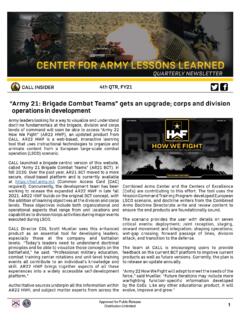
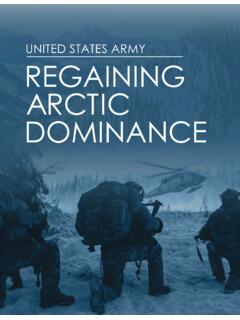

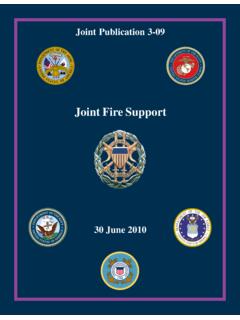
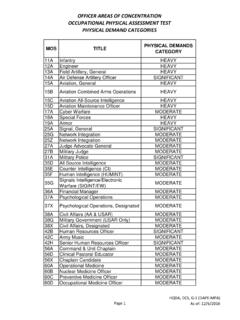
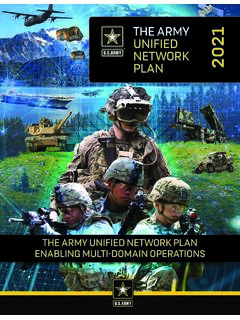
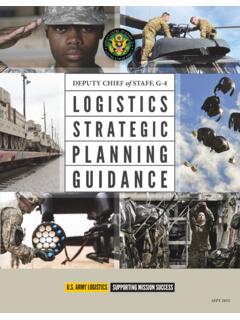
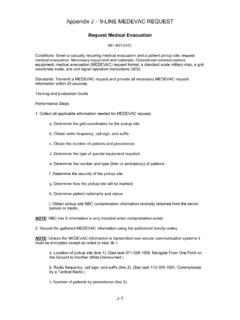
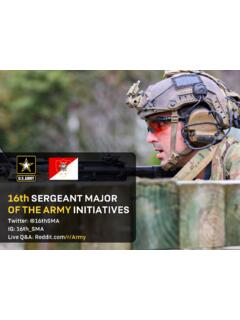

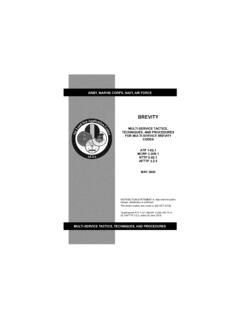



![[ 1 ] - AF](/cache/preview/a/6/3/2/3/d/e/d/thumb-a6323ded9385a5494079636587c0bffe.jpg)

